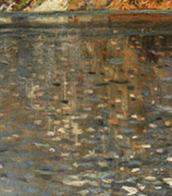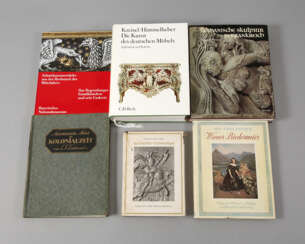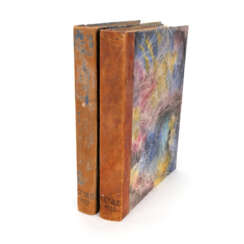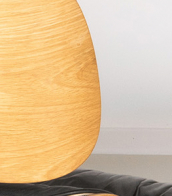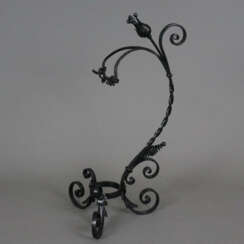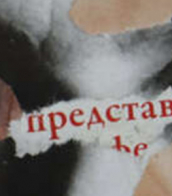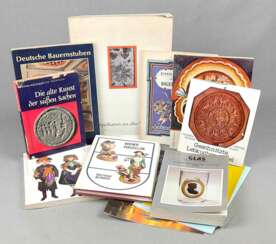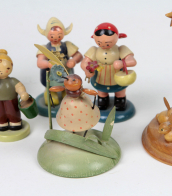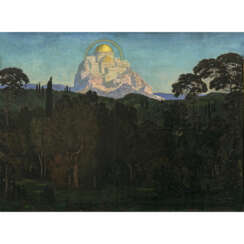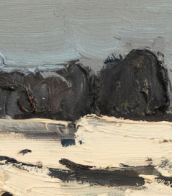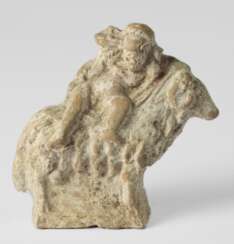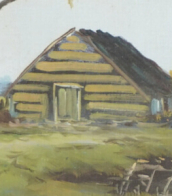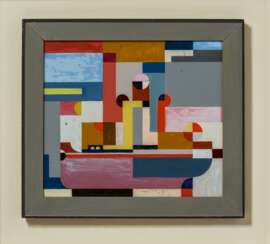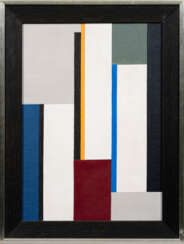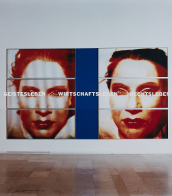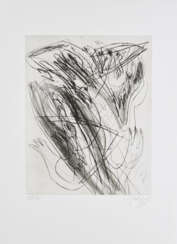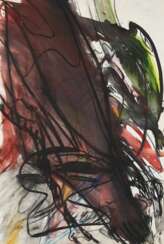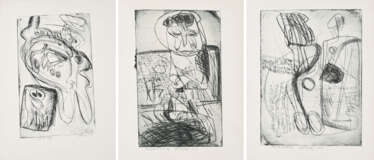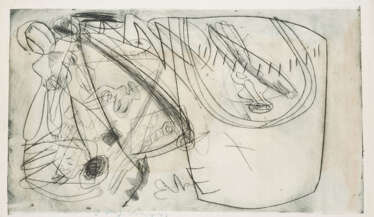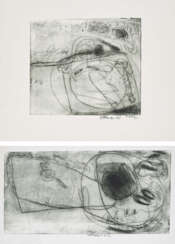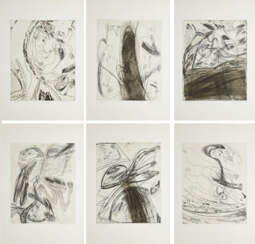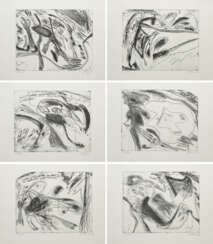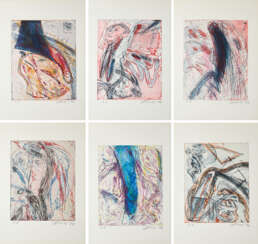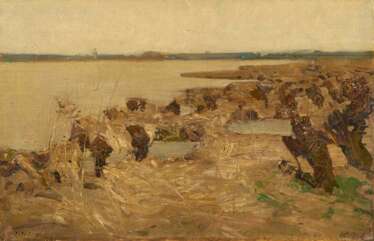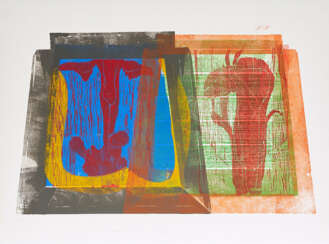alte kunst

Walter Dexel was a German painter, commercial graphic designer, and transportation planner. He also functioned as an art historian and directed a museum in Braunschweig during the Second World War.

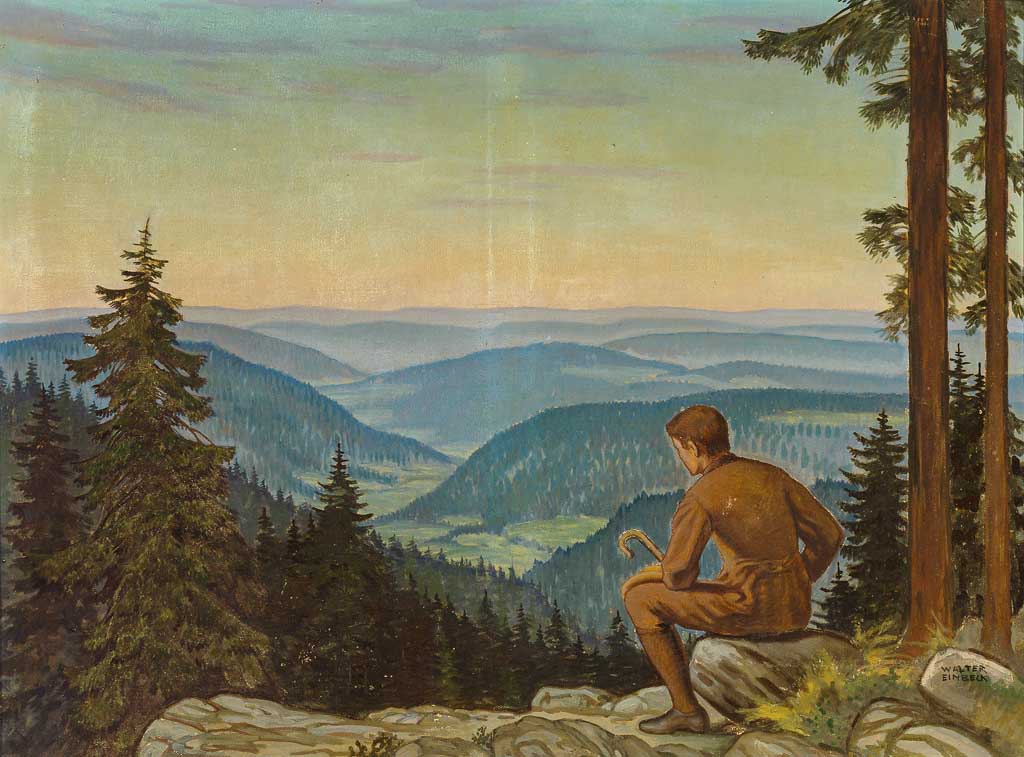
Walter Einbeck was a German artist of the first half of the twentieth century. He is known as a painter and graphic artist, portraitist and genre painter.
Walter Einbeck studied at the Munich Academy of Fine Arts and the Weimar Art School, and participated in the First World War. After the war he developed an interest in theosophy, and in 1919 he settled in Munich, where he opened his own studio. In 1933, the artist joined the NSDAP. He became the author of the famous portrait of Deputy Führer Rudolf Hess, which was presented at the Great German Art Exhibition in 1939. In addition to portraits, the artist also created allegorical paintings, including in the nude genre.
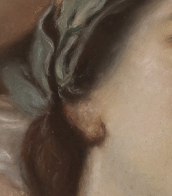
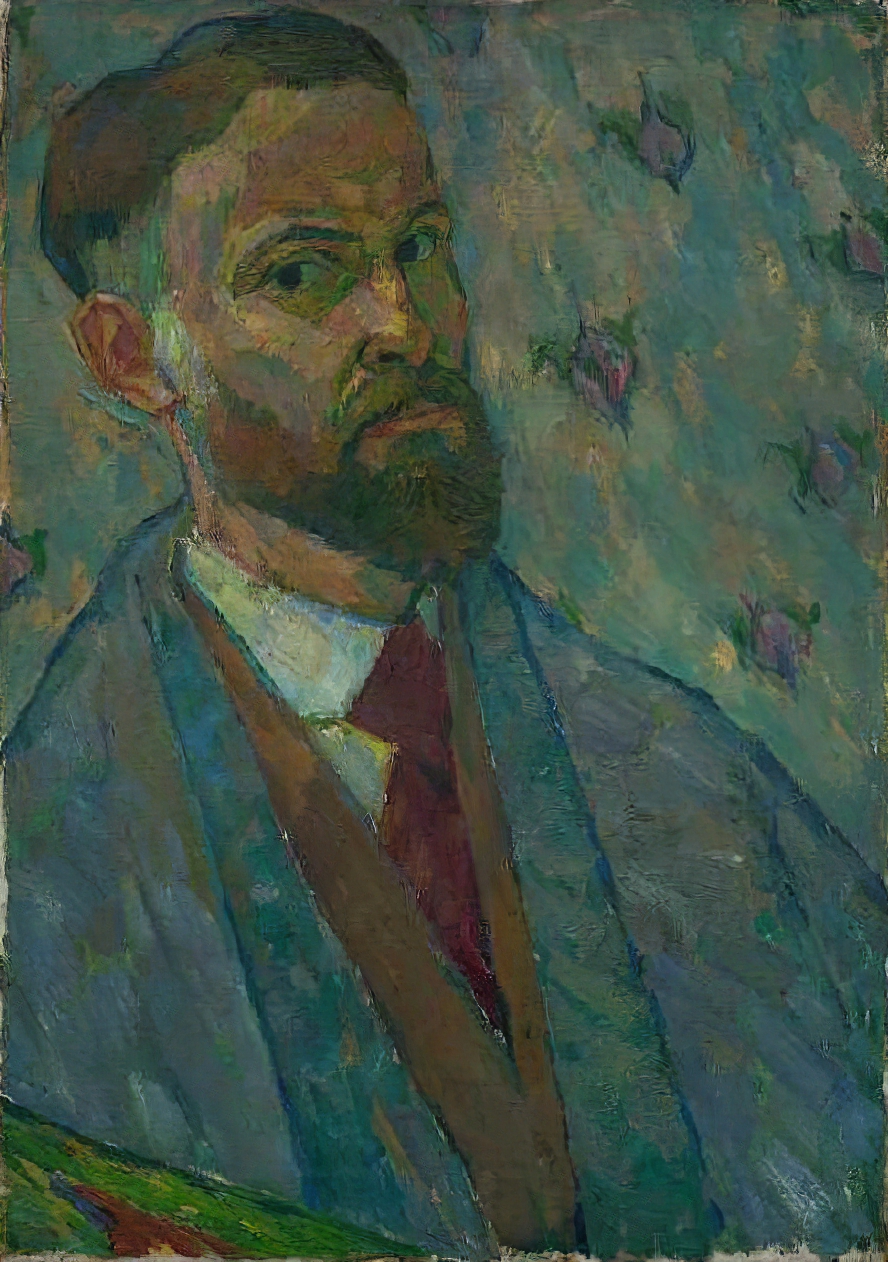
Walter Ophey was a German artist. He was known for his modernist paintings, which often depicted landscapes and still-life scenes.
Ophey studied at the Academy of Fine Arts in Düsseldorf. His early work was influenced by Impressionism, but he later became associated with the Expressionist movement.
In 1909 Ophey, together with some other Düsseldorf artists, formed the artistic group the Special Union (Sonderbund). The first chairman of the Special Union was the well-known German philanthropist and collector Carl Ernst Osthaus. In the following years this group became one of the most powerful avant-garde art movements in Germany.
Ophey's paintings are characterized by their bright colors and bold, simplified forms. He often depicted rural landscapes and still-life scenes, infusing them with a sense of emotional intensity. He was also known for his use of color, which he used to convey mood and atmosphere.
Ophey's work was exhibited extensively during his lifetime, including at the Berlin Secession and the Salon d'Automne in Paris. Despite his relatively short career, he was recognized as an important figure in the development of modernist painting in Germany.


Walter Dexel was a German painter, commercial graphic designer, and transportation planner. He also functioned as an art historian and directed a museum in Braunschweig during the Second World War.


Walter Dexel was a German painter, commercial graphic designer, and transportation planner. He also functioned as an art historian and directed a museum in Braunschweig during the Second World War.

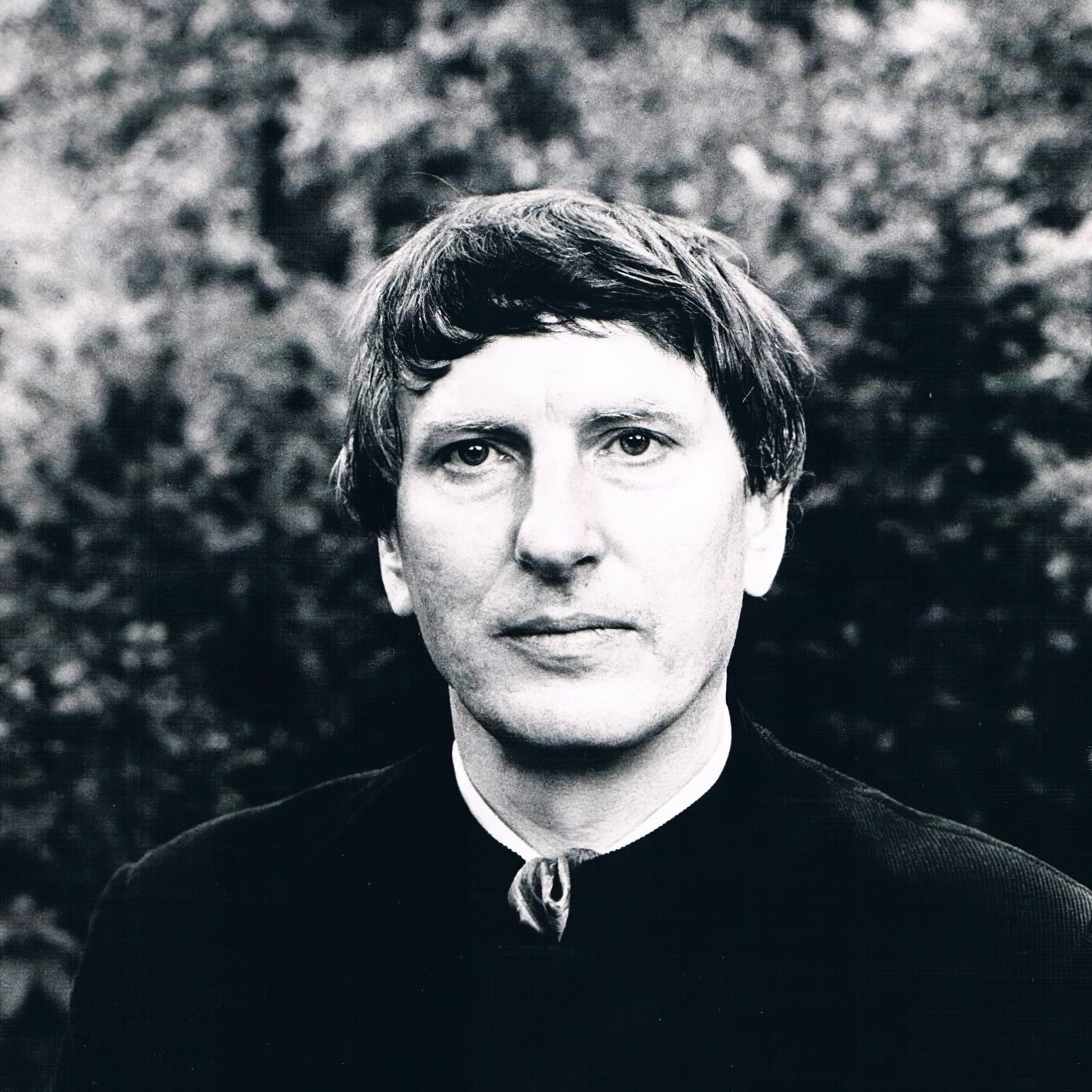
Gerhard Altenbourg is a German painter, sculptor, draughtsman and watercolourist.


Walter Dexel was a German painter, commercial graphic designer, and transportation planner. He also functioned as an art historian and directed a museum in Braunschweig during the Second World War.

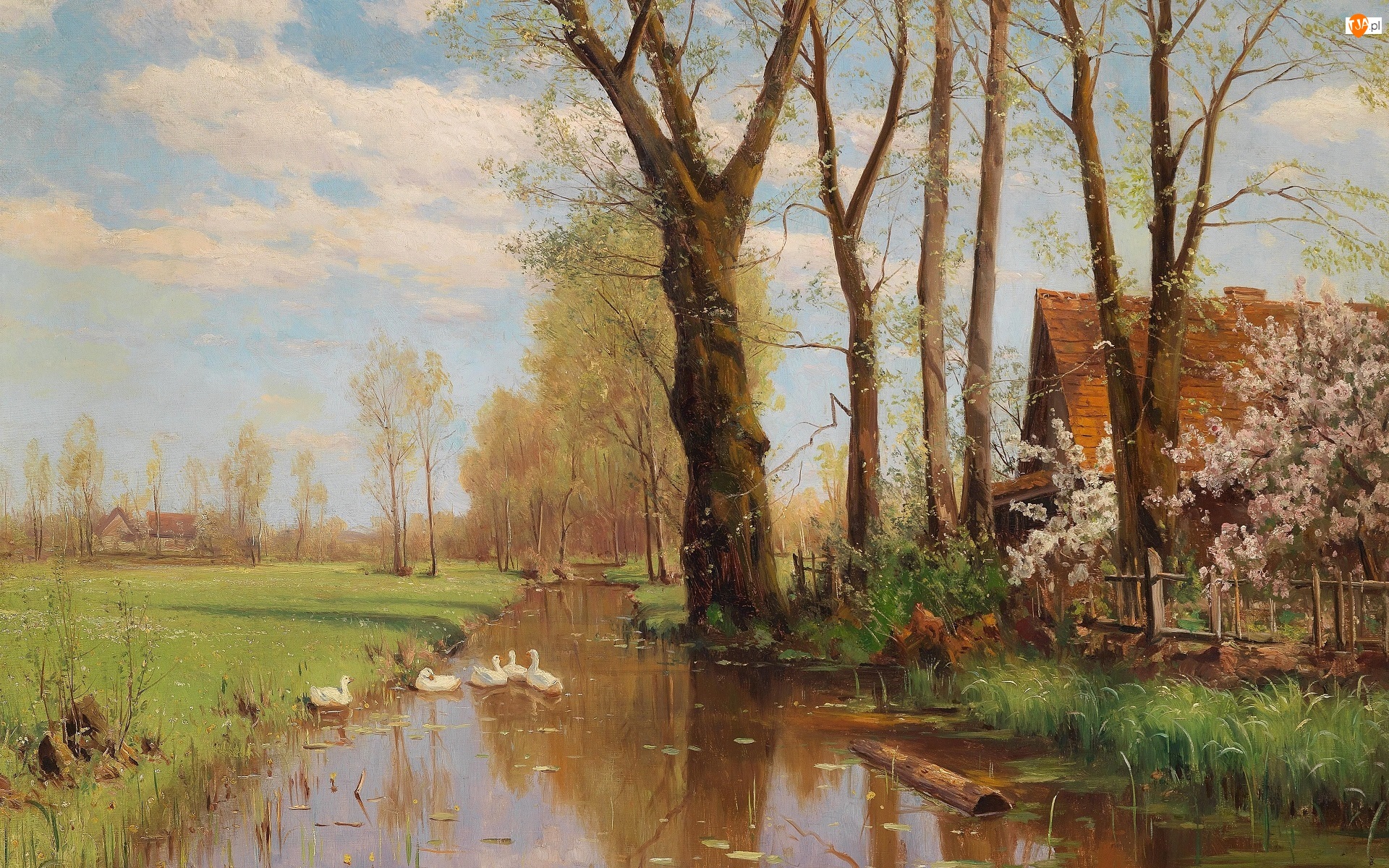
Walter Moras was a German landscape painter.
His favorite subject was provincial Germany: roads among the trees, rivers and streams, villages and mills. Moras is deservedly considered a master of winter landscapes. He was a realist painter, but he did not avoid some influence of impressionism in his works.

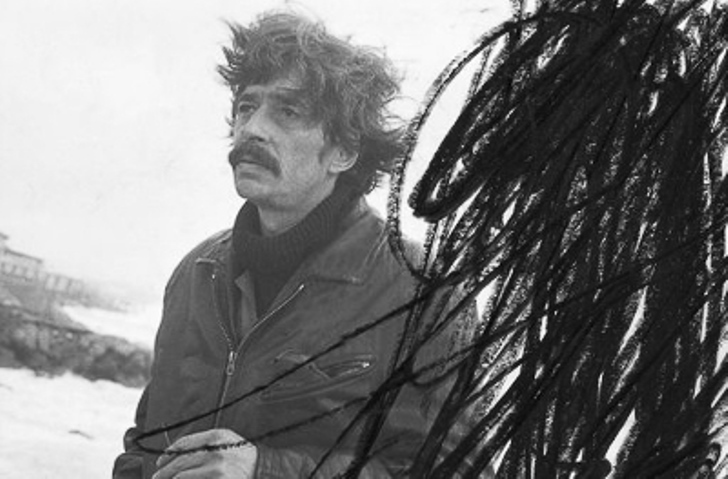
Walter Stöhrer is a German painter and graphic artist, a representative of gesture-figure painting.
He studied painting at the Academy of Arts in Karlsruhe and was a member of the Academy of Arts in Berlin.
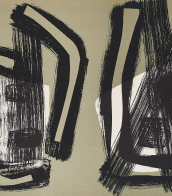

Walter Stöhrer is a German painter and graphic artist, a representative of gesture-figure painting.
He studied painting at the Academy of Arts in Karlsruhe and was a member of the Academy of Arts in Berlin.


Walter Stöhrer is a German painter and graphic artist, a representative of gesture-figure painting.
He studied painting at the Academy of Arts in Karlsruhe and was a member of the Academy of Arts in Berlin.


Walter Stöhrer is a German painter and graphic artist, a representative of gesture-figure painting.
He studied painting at the Academy of Arts in Karlsruhe and was a member of the Academy of Arts in Berlin.


Walter Stöhrer is a German painter and graphic artist, a representative of gesture-figure painting.
He studied painting at the Academy of Arts in Karlsruhe and was a member of the Academy of Arts in Berlin.


Walter Stöhrer is a German painter and graphic artist, a representative of gesture-figure painting.
He studied painting at the Academy of Arts in Karlsruhe and was a member of the Academy of Arts in Berlin.


Walter Stöhrer is a German painter and graphic artist, a representative of gesture-figure painting.
He studied painting at the Academy of Arts in Karlsruhe and was a member of the Academy of Arts in Berlin.


Walter Stöhrer is a German painter and graphic artist, a representative of gesture-figure painting.
He studied painting at the Academy of Arts in Karlsruhe and was a member of the Academy of Arts in Berlin.


Walter Stöhrer is a German painter and graphic artist, a representative of gesture-figure painting.
He studied painting at the Academy of Arts in Karlsruhe and was a member of the Academy of Arts in Berlin.


Walter Ophey was a German artist. He was known for his modernist paintings, which often depicted landscapes and still-life scenes.
Ophey studied at the Academy of Fine Arts in Düsseldorf. His early work was influenced by Impressionism, but he later became associated with the Expressionist movement.
In 1909 Ophey, together with some other Düsseldorf artists, formed the artistic group the Special Union (Sonderbund). The first chairman of the Special Union was the well-known German philanthropist and collector Carl Ernst Osthaus. In the following years this group became one of the most powerful avant-garde art movements in Germany.
Ophey's paintings are characterized by their bright colors and bold, simplified forms. He often depicted rural landscapes and still-life scenes, infusing them with a sense of emotional intensity. He was also known for his use of color, which he used to convey mood and atmosphere.
Ophey's work was exhibited extensively during his lifetime, including at the Berlin Secession and the Salon d'Automne in Paris. Despite his relatively short career, he was recognized as an important figure in the development of modernist painting in Germany.

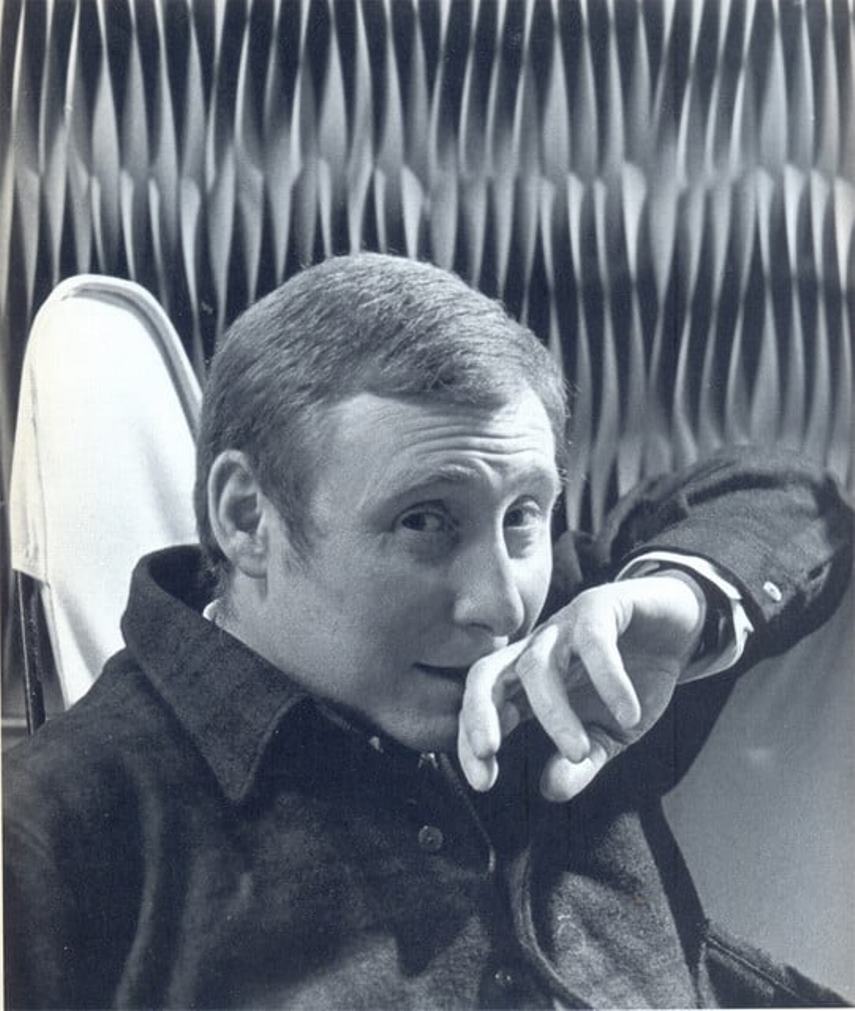
Walter Leblanc is a Belgian artist, one of the most important representatives of kinetic and optical art.
He studied at the Royal Academy of Fine Arts and the Higher Institute of Fine Arts in Antwerp.
Walter Leblanc gained international recognition as one of the founders and active participants in the avant-garde movements Nouvelle Tendance, ZERO, op art, kinetic art, concrete art. One of his famous works is the series "Twist Schemes".


Gerhard Altenbourg is a German painter, sculptor, draughtsman and watercolourist.
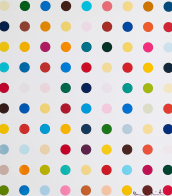

Walter Dexel was a German painter, commercial graphic designer, and transportation planner. He also functioned as an art historian and directed a museum in Braunschweig during the Second World War.


Walter Dexel was a German painter, commercial graphic designer, and transportation planner. He also functioned as an art historian and directed a museum in Braunschweig during the Second World War.



